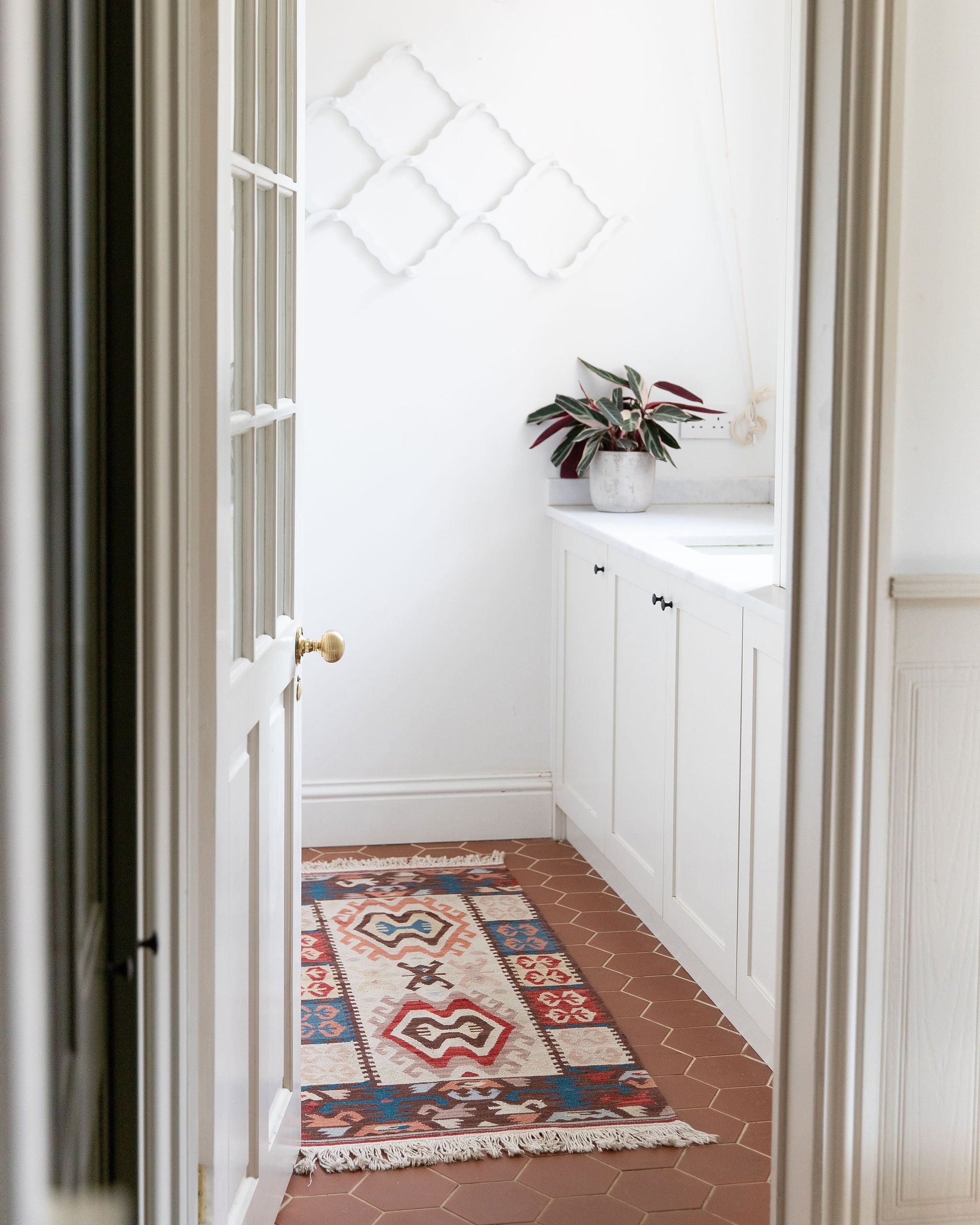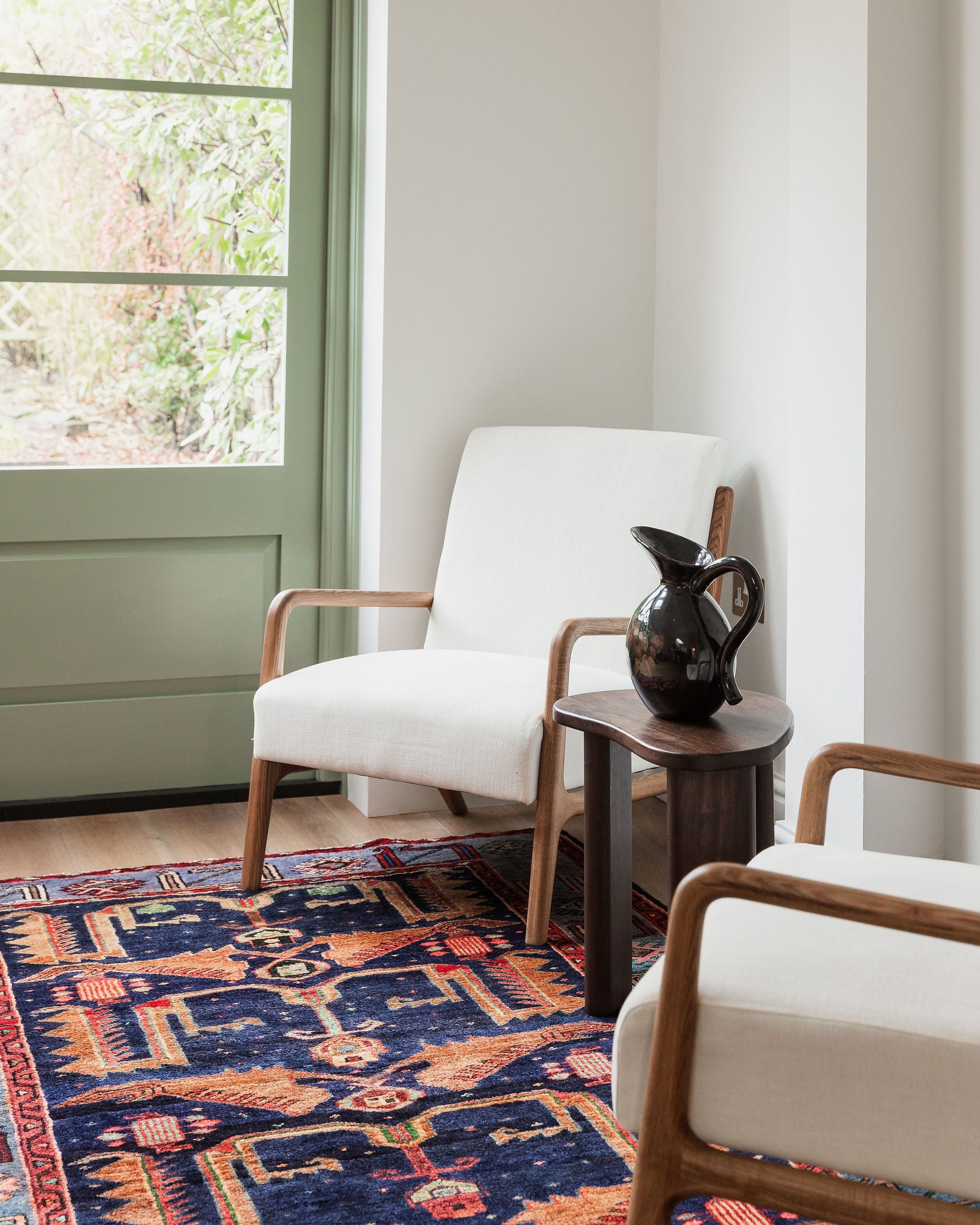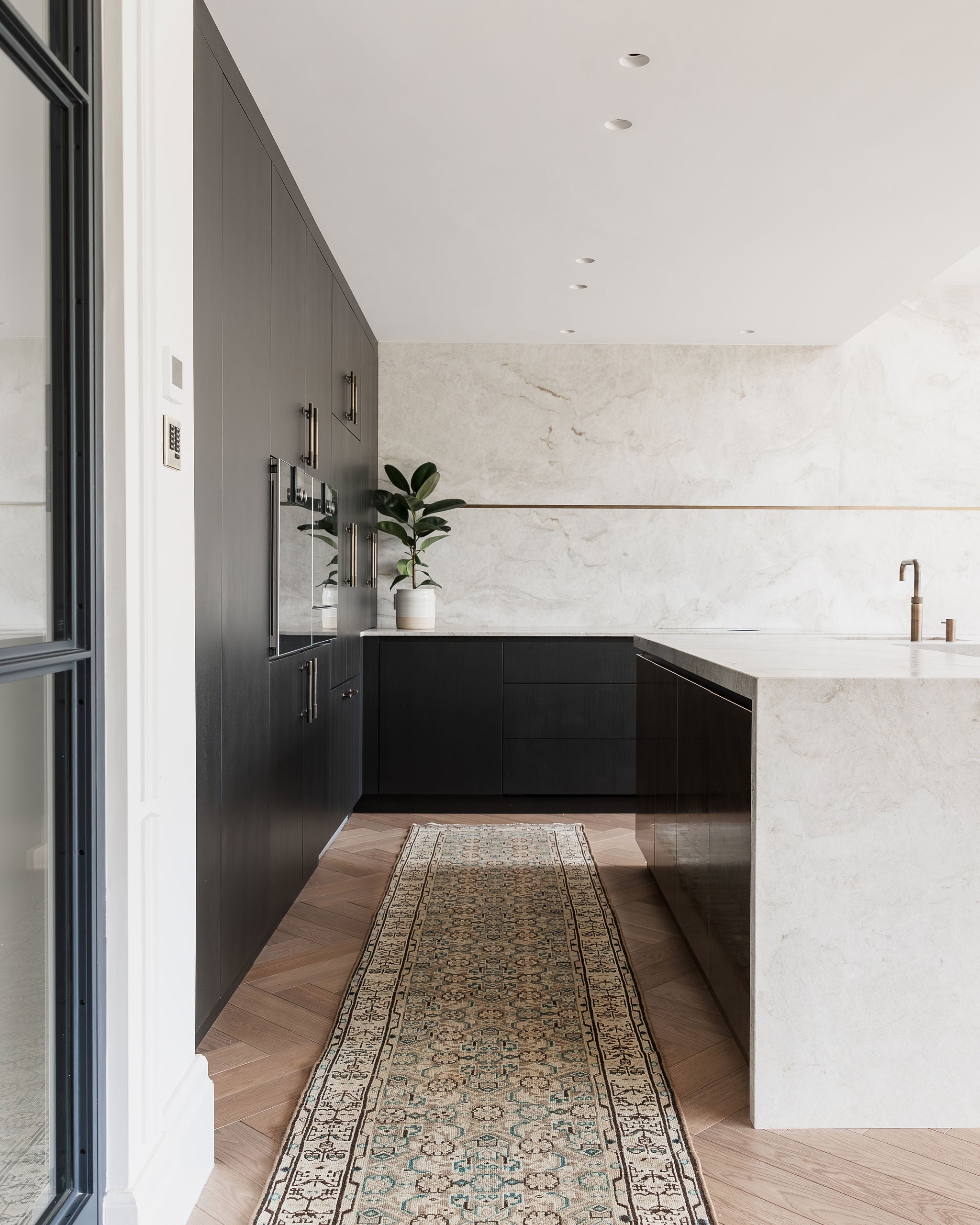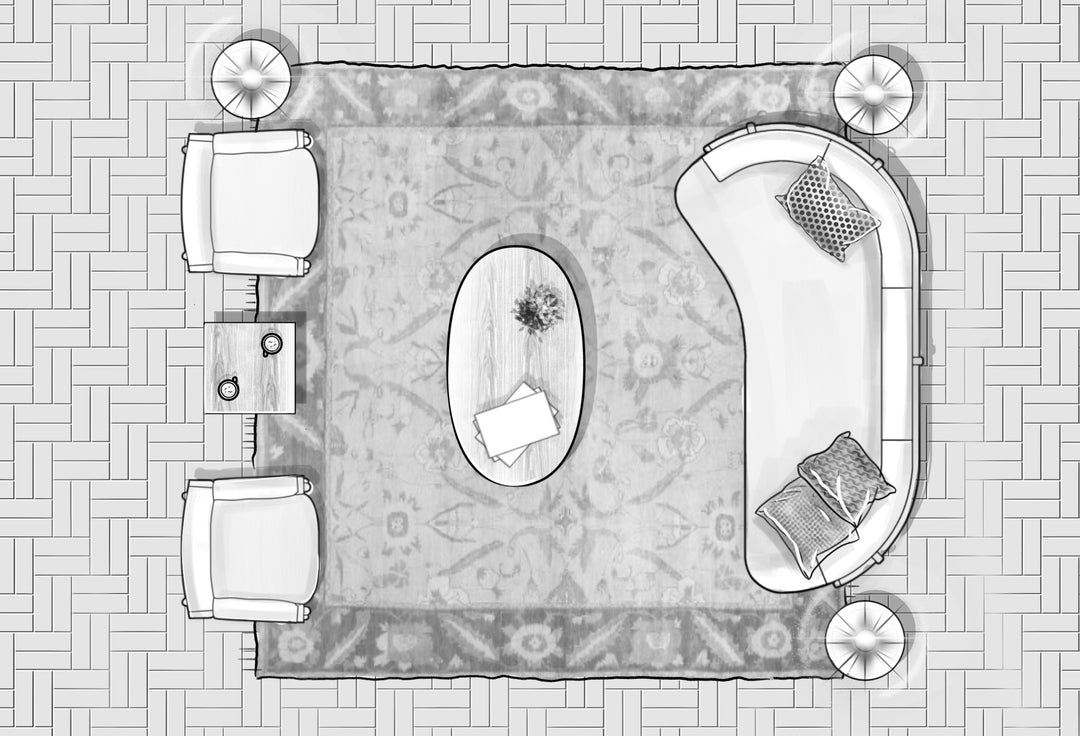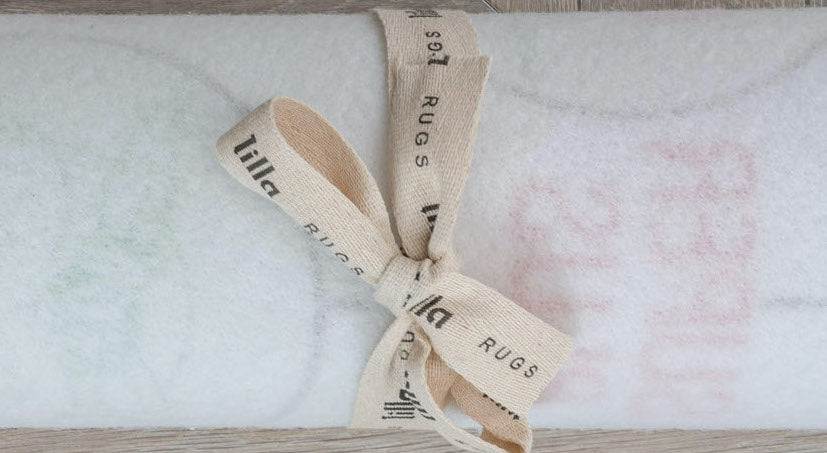Spotlight: Moroccan Berber Beni Ourain Rugs
In the heart of the Atlas Mountains of Morocco, amidst the rugged terrain and vibrant culture, lies a tradition woven into the fabric of Berber identity—the Beni Ourain rugs. These rugs, with their timeless beauty and intricate designs, hold within their threads a captivating history that spans centuries.
Origins: A Tradition Rooted in Nomadic Life
The story of Beni Ourain rugs traces back to the indigenous Berber tribes of North Africa. The Beni Ourain people, a subgroup of the larger Berber community, inhabited the mountainous regions of Morocco for generations. Nomadic by nature, they roamed the land with their sheep, goats, and camels, seeking pastures and shelter.
In their nomadic lifestyle, the Beni Ourain developed a deep connection with their surroundings, drawing inspiration from the natural world for their artistic expressions. This connection is vividly reflected in the design motifs of their rugs, which often feature geometric patterns resembling natural elements like stars, rivers, and mountain ranges.
Craftsmanship: The Art of Weaving
The art of weaving Beni Ourain rugs has been passed down through generations, with knowledge and techniques transmitted orally and through practical apprenticeship. Traditionally, women of the tribe were responsible for weaving these rugs, using techniques that have remained largely unchanged for centuries.
One of the distinguishing features of Beni Ourain rugs is the use of natural materials. The rugs are handwoven from the wool of the Beni Ourain sheep, prized for its softness, durability, and natural hues ranging from creamy whites to warm browns and greys. The wool is meticulously cleaned, spun, and dyed using natural ingredients such as indigo, saffron, and pomegranate, before being skillfully woven into intricate patterns on traditional looms.

Symbolism: Stories Woven in Wool
Beyond their aesthetic appeal, Beni Ourain rugs hold profound cultural significance for the Berber people. Each rug is a unique work of art, bearing the imprint of its weaver and the collective wisdom of the community. The patterns and symbols woven into the rugs often carry symbolic meanings, representing aspects of Berber life, spirituality, and beliefs.
For example, the diamond-shaped motifs commonly found in Beni Ourain rugs are believed to symbolize fertility, while zigzag lines may signify water or the journey of life. These symbols serve not only as decorative elements but also as a means of communication, conveying ancestral knowledge and traditions from one generation to the next.
Modern Appreciation: From Tribal Treasures to Global Icons
In recent decades, Beni Ourain rugs have captured the imagination of designers, collectors, and interior enthusiasts around the world. Their timeless appeal, minimalist aesthetic, and cultural authenticity have made them sought-after pieces in contemporary interiors, from chic urban apartments to rustic retreats.
However, this newfound popularity has also brought challenges to the traditional craft. Mass production and imitation have threatened the livelihoods of artisan weavers, leading to efforts to preserve and promote authentic Beni Ourain rugs through fair trade practices and cultural initiatives.

Left to right: CARLY, EDIE, FREYA
Threads of Heritage, Threads of Identity
In every knot and loop of a Beni Ourain rug lies a story—a story of resilience, craftsmanship, and cultural heritage. These rugs are more than just objects of adornment; they are tangible expressions of Berber identity and the enduring spirit of a people connected to the land and traditions of Morocco.
As we walk upon these rugs, we tread not only on wool and thread but also on a rich tapestry of history and heritage, woven together by generations past and present. In preserving and celebrating the art of Beni Ourain weaving, we honour not only the craftsmanship of artisans but also the soul of a community and the enduring legacy of a timeless tradition.


